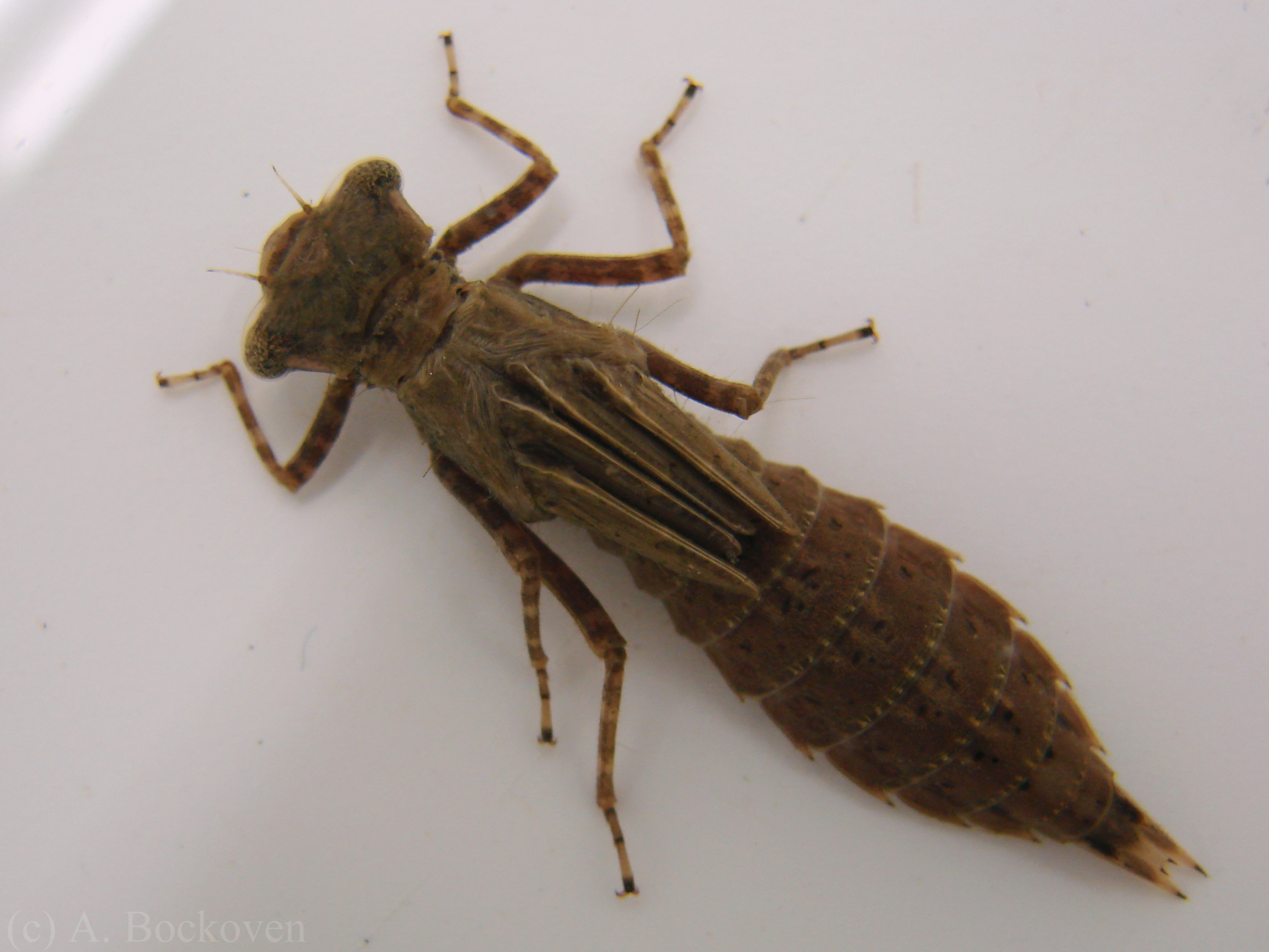
I just read this story over at Wired and I have to say that it is, quite possibly, the greatest thing I have ever read in my entire life. Better even than "Go the F*ck to Sleep" or "Everyone Poops". It goes into detail about dragonflies which, in my estimation, are some of the coolest critters around. There are videos of nymphs catching prey with their offensively quick and extremely protrusible lower jaws. There are pictures of nymphs molting, nymphs lounging and nymphs that appear to be smiling. There are also several little facts about dragonflies and nymphs that will, should you be of delicate disposition, make you feel slightly queasy and possibly faint. A brief selection of said facts is below.
- Dragonflies are thought to be the first winged insects to evolve. This happened about 300 million years ago. This is roughly 50 million years after amphibians began crawling around on land and about 50 million years before dinosaurs began their rule.
- Some dragonfly adults can fly at up to 35 miles an hour.
- Nymphs have jet powered butts! They suck up water into their anuses and squeeze it out when they want to evade predators or, in my experience, zip away from an interested entomology student who is just trying to finish up his collection and would really rather that the nymph in question STAY STILL for just one more sec...
- They can shoot out their labrum (translation: lower lip) to catch prey almost an entire body length away. It is a good thing these critters are small. How much would it stink to be caught and eaten by one of these things? It would probably ruin your day.
- Those jet powered butts are also the main respiratory surface for the little critters. That's right, folks. They breathe through their butts. I once new a guy who could suck air into his butt so he could break wind on command, but now that I am thinking about it that isn't really the same thing. Sorry I brought it up.

